
 |
|
|
Регистрация Восстановить пароль |
|||||||
| Регистрация | Задать вопрос |
Заплачу за решение |
Новые сообщения |
Сообщения за день |
Расширенный поиск |
Правила |
Всё прочитано |
||||
 |
|
|
|
Опции темы | Поиск в этой теме |
|
|
#171 |
|
Форумчанин
Регистрация: 10.01.2020
Сообщений: 380
|
Многогранные коридоры прямые бэкрумс
Код:
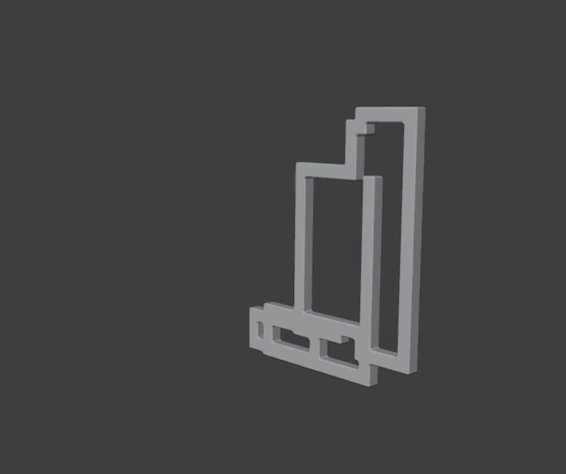
|
|
|

|
|
|
#172 |
|
Форумчанин
Регистрация: 10.01.2020
Сообщений: 380
|
Бэкрумс но коридоры исключительно от комнаты к комнате
Код:
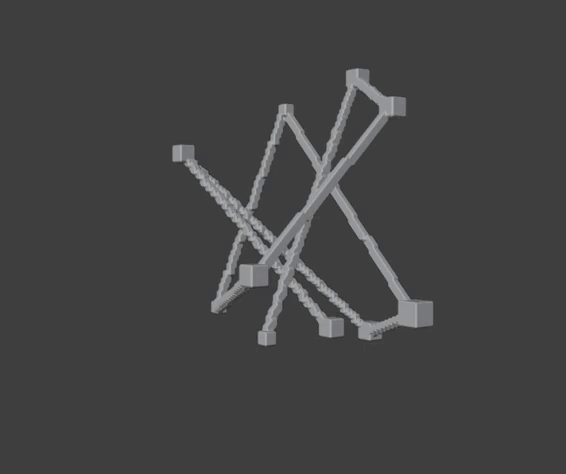
|
|
|

|
|
|
#173 |
|
Форумчанин
Регистрация: 10.01.2020
Сообщений: 380
|
Бэкрумс но это ломанная линия коридора по всему чанку
Код:
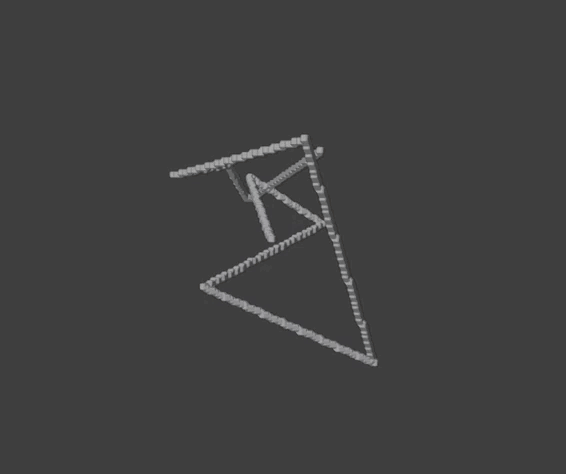
|
|
|

|
|
|
#174 |
|
Форумчанин
Регистрация: 10.01.2020
Сообщений: 380
|
Бэкрумс но коридоры без комнат многоэтажные
Код:
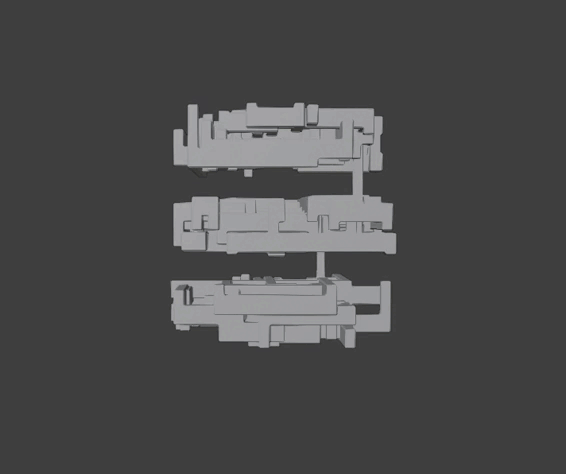
|
|
|

|
|
|
#175 |
|
Форумчанин
Регистрация: 10.01.2020
Сообщений: 380
|
Процедурный генератор вспаханного поля
Код:
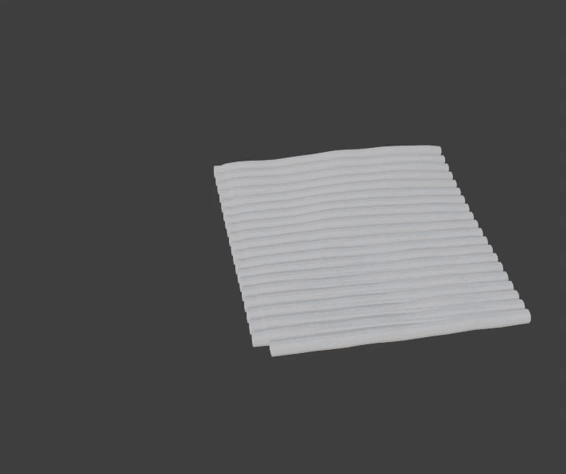
|
|
|

|
|
|
#176 |
|
Форумчанин
Регистрация: 10.01.2020
Сообщений: 380
|
Многоэтажные коридоры бэкрумс по одинаковому размеру
Код:
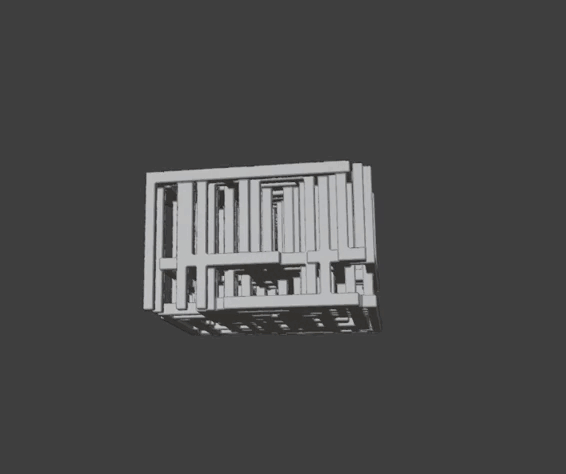
|
|
|

|
|
|
#177 |
|
Форумчанин
Регистрация: 10.01.2020
Сообщений: 380
|
Ребристые ривы
Код:
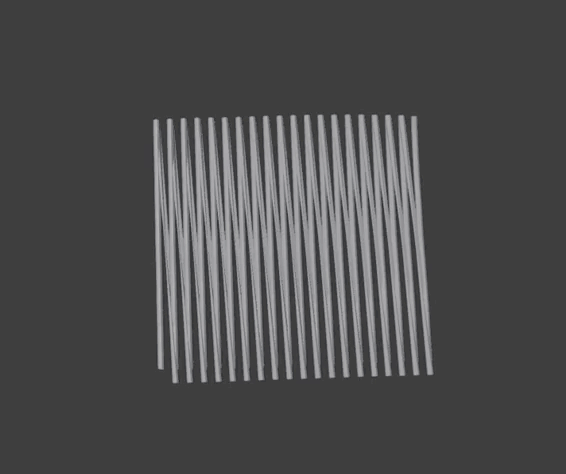
Последний раз редактировалось MakarovDs; 14.11.2024 в 07:03. |
|
|

|
|
|
#178 |
|
Форумчанин
Регистрация: 10.01.2020
Сообщений: 380
|
Бэкрумс многоэтажный коридорный но между каждым коридором по одному переходу.
Код:
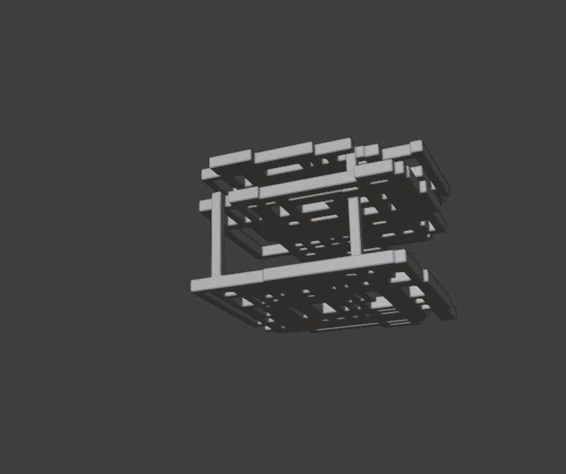
Последний раз редактировалось MakarovDs; 14.11.2024 в 09:25. |
|
|

|
|
|
#179 |
|
Форумчанин
Регистрация: 10.01.2020
Сообщений: 380
|
Плитка жесткая на стену
Код:

|
|
|

|
|
|
#180 |
|
Форумчанин
Регистрация: 10.01.2020
Сообщений: 380
|
Палеты
Код:
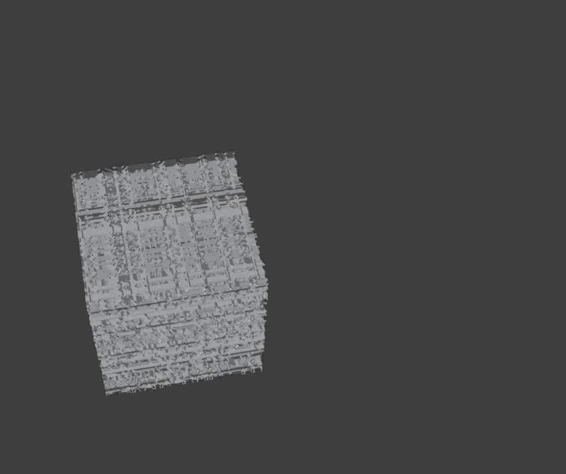
Последний раз редактировалось MakarovDs; 15.11.2024 в 05:45. |
|
|

|
 |
|
 Похожие темы
Похожие темы
|
||||
| Тема | Автор | Раздел | Ответов | Последнее сообщение |
| помогите с генератором слов | Мой повелитель | Общие вопросы C/C++ | 6 | 27.02.2016 23:46 |
| Зарубежные микроконтроллеры с встроенным ШИМ-генератором | MyLastHit | Компьютерное железо | 6 | 22.10.2013 14:33 |
| написание генератора фракталов Жюлиа | kyzmich2370 | Visual C++ | 1 | 06.11.2012 09:57 |
| Помогите с генератором чисел на Pascal | vadmaruschak | Помощь студентам | 6 | 13.09.2009 17:06 |
| Игры фракталов на VB | Kail | Свободное общение | 1 | 29.05.2009 09:30 |